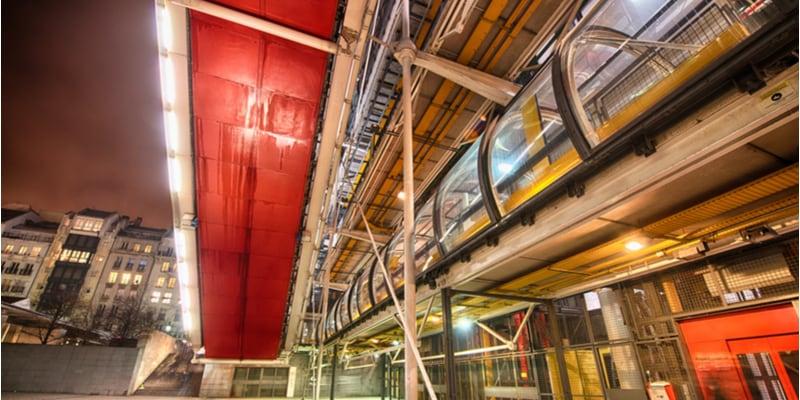If you are an art lover and your attention is captured above all by modern and contemporary art, you cannot fail to visit the Centre Georges Pompidou in Paris.
The exhibition palace of the Ville Lumiere, in fact, houses disparate collections that touch on a multitude of artistic fields: from architecture to design, from photography to plastic arts, from music to new media.
Here's what you need to know and see at the Centre Georges Pompidou in Paris.
Centre Georges Pompidou, Why this name?
The exhibition centre is named after Georges Pompidou, a politician who remains unforgettable in the hearts of France. He was Prime Minister from 1962 to 1968 and later President of the Republic, from 1969 to 2 April 1974, the day of his death.
It was he himself who imagined the Centre, a place where the multidisciplinarity of modern figurative, musical and all kinds of arts could meet. The building was to be built - in his plan - necessarily in the Beaubourg district of Paris, as a work of reclamation and redevelopment of that specific area, which until then had been in a difficult situation of degradation. Shortly after Georges Pompidou's death, in the middle of his presidential term, Alain Poher - then president of the Senate - proposed to name the Centre that was about to be built after the politician and creator of the project.
The Centre only managed to be opened to the public in 1977 and at the behest of Prime Minister Jacques Chirac, who managed to change the mind of President of the Republic Valery Giscard d'Estaing, who wanted to stop its construction.
The Georges Pompidou Centre, how did it come about?
An international competition was launched for the construction of the Georges Pompidou National Centre of Art and Culture in 1971, which was won by the triad of architects Renzo Piano, Gianfranco Franchini and Richard Rogers, who were young and unknown at the time.
Having entrusted the realisation of such an important work for Paris to three very young, inexperienced and non-French architects was the first innovation that the exhibition centre brought to the French capital. But not only that, it totally revolutionised the way of seeing and understanding architecture, becoming one of the architectural symbols of the 20th century.
The Centre includes a large public library, the Bibliothèque Publique d'Information (BPI), the Musée National d'Art Moderne, the Industrial Design Centre and IRCAM, a centre dedicated to music and acoustic research.
An extension of the latter, designed by Renzo Piano, is located at Place Igor-Stravinsky, next to the Centre Georges-Pompidou.
Piano was also responsible for a general renovation of the exhibition building in the late 1990s. An architectural curiosity is that the differently coloured pipes that can be seen from outside the Centre have different functions: the yellow ones are used for electricity, the green ones for water, the blue ones for air and the red pipes for lifts and escalators.
Works of the Georges Pompidou Centre in Paris
With more than 70,000 works of art, the Centre Georges Pompidou is today one of the most visited museums in the world and above all a nerve centre for modern and contemporary art in all its forms. A complete tour through all the rooms and areas takes about two hours.
Among the main figurative works you can see if you visit the Centre Georges Pompidou are many by famous 20th century painters, including Henri Matisse, Marc Chagall, Vasilij Kandinskij and Pablo Picasso.
In addition to housing some important and valuable pieces of art on a permanent basis, the centre often becomes a venue for meetings, debates and conferences on cultural matters. And it also hosts temporary thematic exhibitions from time to time.
Related articles
What are the closest ski resorts to Paris?

Shopping in Paris: the top shopping centres in Paris
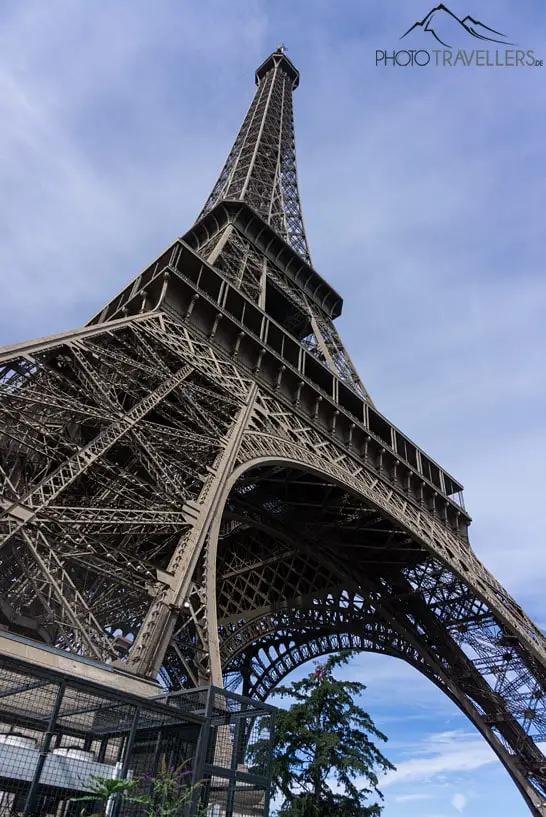
Paris with children - the 20 top highlights for families
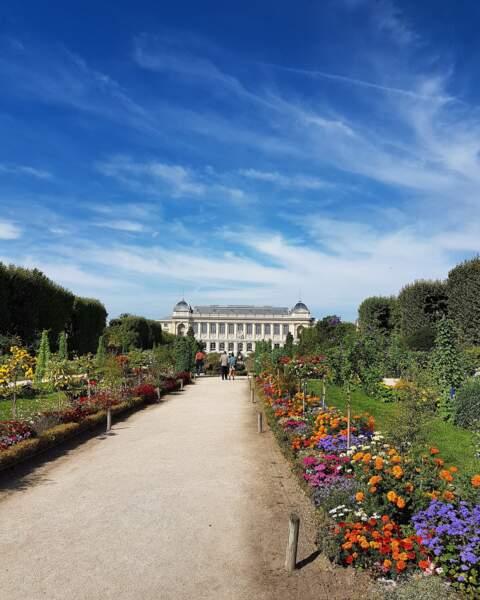
What to do in Paris if you love nature: 10 must-see places
Halal restaurant Paris: the top 42 best places

Top 8 Places to Celebrate New Year's Eve 2024 in Paris
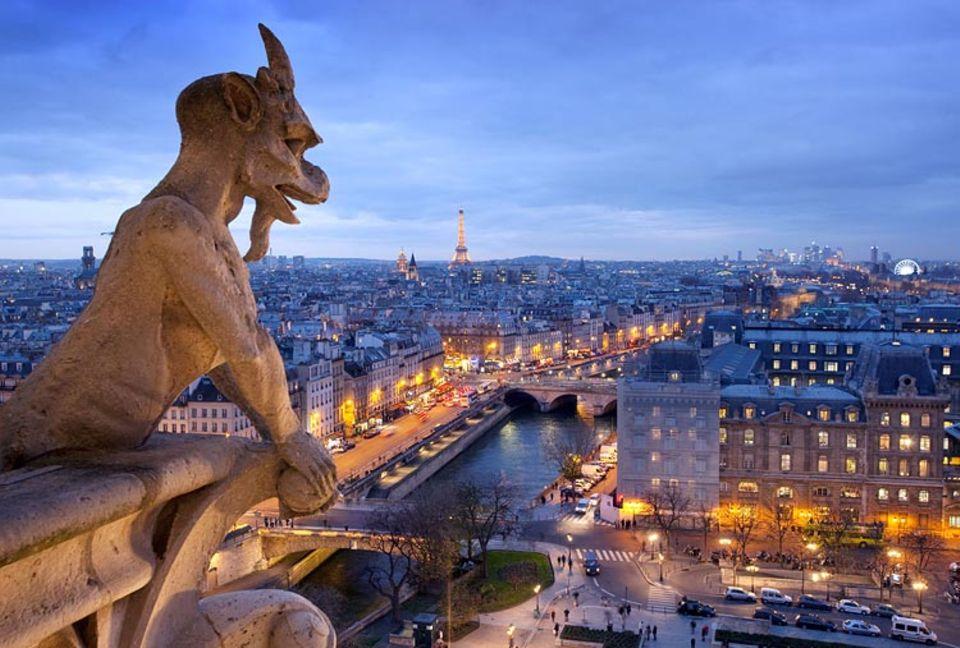
City trip: Paris from above
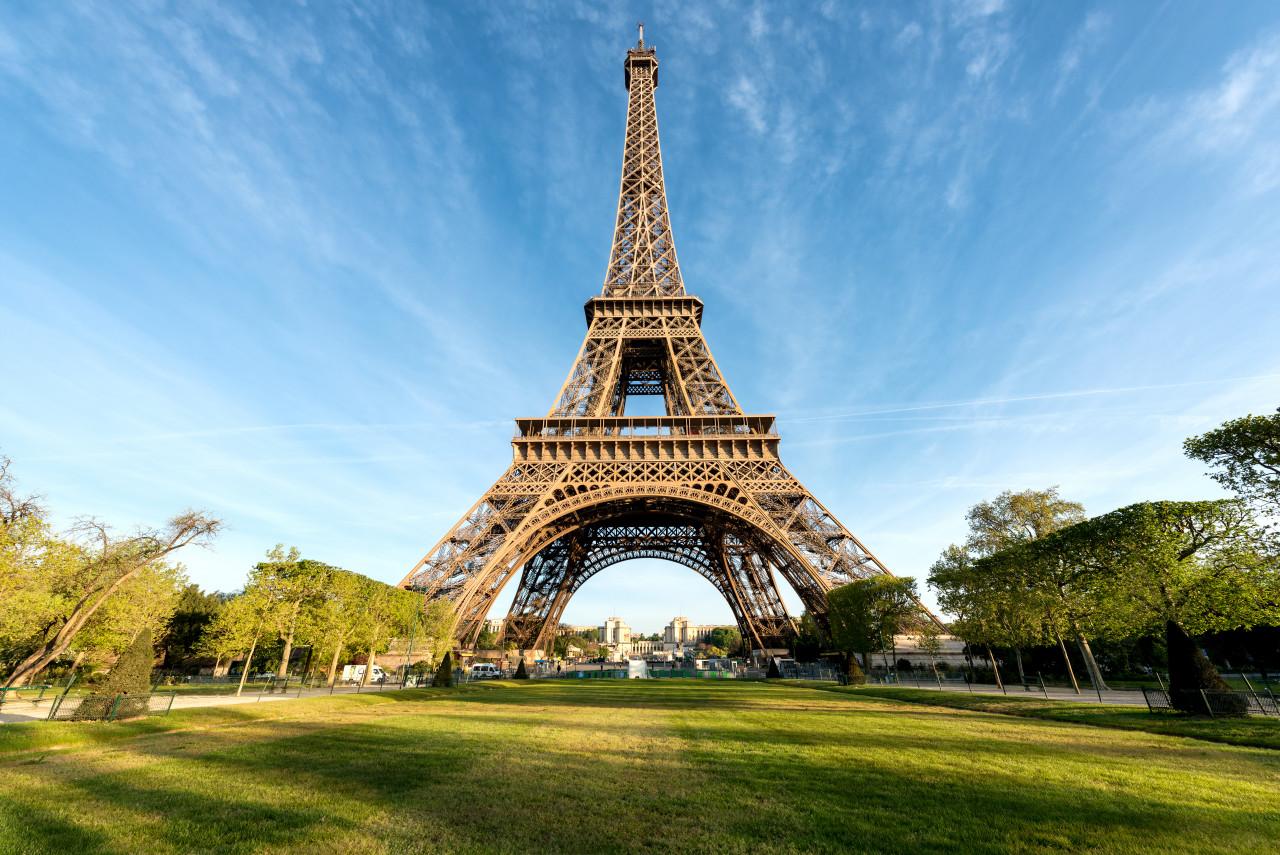
Visit the Eiffel Tower in Paris: timetables, prices and tips
